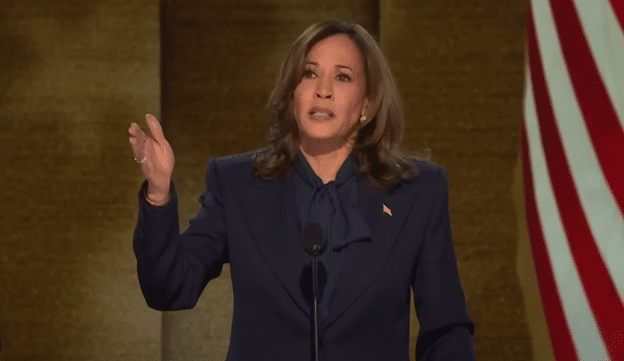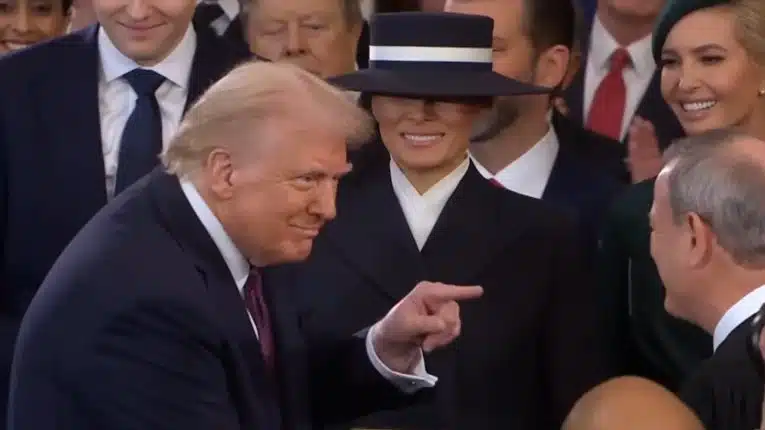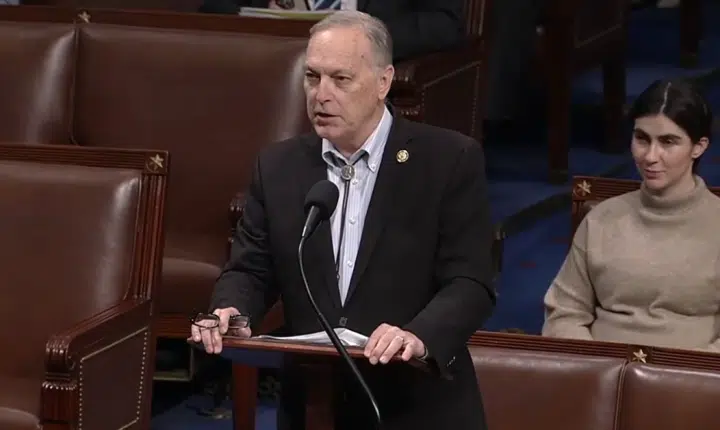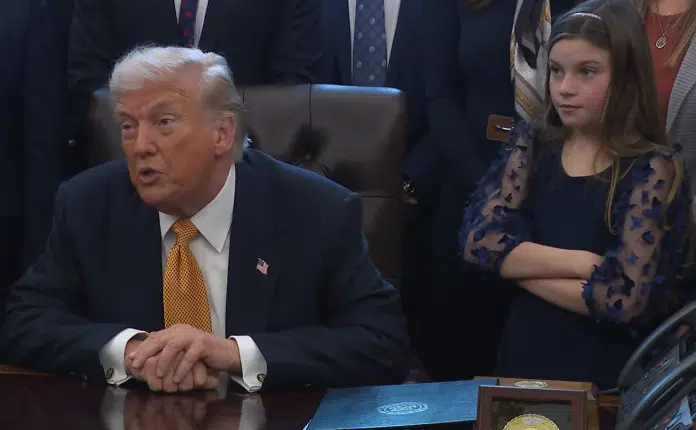
By Manzanita Miler
Vice President Kamala Harris is continuing to struggle with Hispanic voters, a group that was already beginning to distance itself from President Joe Biden by late last year.
According to a brand new national NBC News/Telemundo/CNBC poll, Harris is now polling just 14 points above former President Donald Trump with Hispanic voters, 54 percent to 40 percent. The Pew Research Center also recently released a new poll looking at Hispanic voters, and found Harris ahead of Trump by 18 points, 57 percent to 39 percent.
While both polls show Harris leading Trump among Hispanics, her lead is much smaller and more worrisome to Democrats when placed in historical context. Latinos have been a bedrock of the Democratic Party for several generations, with Democrats winning their vote in every election since 1972.
Democrats generally win the Latino vote by 33 points or more, as has been the case in every recent election except for 2004, when George Bush won an historic 44 percent of their vote. Other than Bush’s number in 2004, Republicans have mostly lost the Latino vote by at least 33 points.
However, since Trump’s emergence as a voice for the working-class in 2016, Latinos have been incrementally shifting toward Republicans – and this November could be the largest gain for Republicans since Bush’s 2004 victory.
Let’s look at where Joe Biden, a relatively popular and well-known figure from the Obama Administration, was with Latinos four years ago. Biden won Latinos by 33 points, 65 percent to 32 percent according to exit polls.
The way polling currently sits, Harris will earn around fourteen to eighteen percentage points less than Biden did four years ago with Latinos. That is a devastating blow to Democrats and could cost them heavily in battleground states with robust Latino populations like Arizona, Florida, Nevada and Texas.
Going back even further to the 2016 election, Hillary Clinton won Hispanics by 36 points, meaning that Hispanics appear to have shifted around eighteen to twenty-two points toward Trump over the past eight years.
Why? First, this isn’t necessarily about Kamala Harris, although her unapproachable demeanor and failures within the Biden Administration could be contributing factors. Latino support for Biden and Democrats has been dropping precipitously over the past eight years, as the toll of globalism has accelerated the decline of the U.S.
Latinos for the most part, are highly economically motivated, with issues like the economy, inflation, and wages regularly topping their list of concerns. According to YouGov, Latinos are in fact the most economically motivated voters, with a full 32 percent of Latinos saying inflation is their number one issue compared to 24 percent of whites and 23 percent of Blacks in a recent poll.
The same poll finds Latinos disapprove of the Biden Administration’s handling of inflation by 21 points, 56 percent to 35 percent, and disapprove of Biden’s handling of jobs and the economy by 13 points, 50 percent to 37 percent.
Further, it has not escaped Latinos that Harris has been in leadership for the past four years – presiding over one of the worst economies in recent history, as well as the most porous border in the modern era.
In a recent analysis we did of New York Times/Siena College polling, we found that Hispanics blame Harris for the border crisis by a 28-point margin, 52 percent to 24 percent, and they also blame her for inflation by seven points.
Meanwhile, despite being maligned by the mainstream media and institutional power at every level, Trump appears to be paving a road back toward securing a much larger share of the Latino vote than Republicans have in twenty years.
Does this mean Trump will outright win Latinos? It is very unlikely, but the state of the economy, combined with Latino sentiment in polls, reveals that Trump could win as much as 40 percent – just four points shy of Geroge Bush’s historic 2004 number.
Beyond November’s election, there are vast implications to this working-class Latino realignment toward the right. Whether it is a once in a few decades event, or a more permanent realignment toward conservatives remains to be seen.
What is clear is that just as working-class whites began to detach themselves from the Democratic Party at rapid speed in 2016, working-class Latinos have been following the same trajectory. We also know from past research that Latinos are one of the fastest growing demographics in the country, and that younger Latinos are even less likely to identify as Democrats compared to older Latinos.
Data from UnidosUS reveals that a huge reason why polls show such a decline for Democrats is because newly registered Latinos, especially younger voters, are much less likely to identify as Democrats. UnidosUS data found almost 40 percent of the Latino electorate this November will be new voters compared to the 2016 election, and newer voters are fourteen points less likely to be Democrats compared to established voters. Just 45 percent of newer voters identify as Democrat, compared to 59 percent of more established voters, according to the data.
In other words, a key population in the U.S. that is increasing, is increasingly less likely to vote for Democrats. “Demographic Destiny” might not be favoring conservatives entirely, but it can be argued that it isn’t favoring the left entirely either.
Manzanita Miller is the senior political analyst at Americans for Limited Government Foundation.






